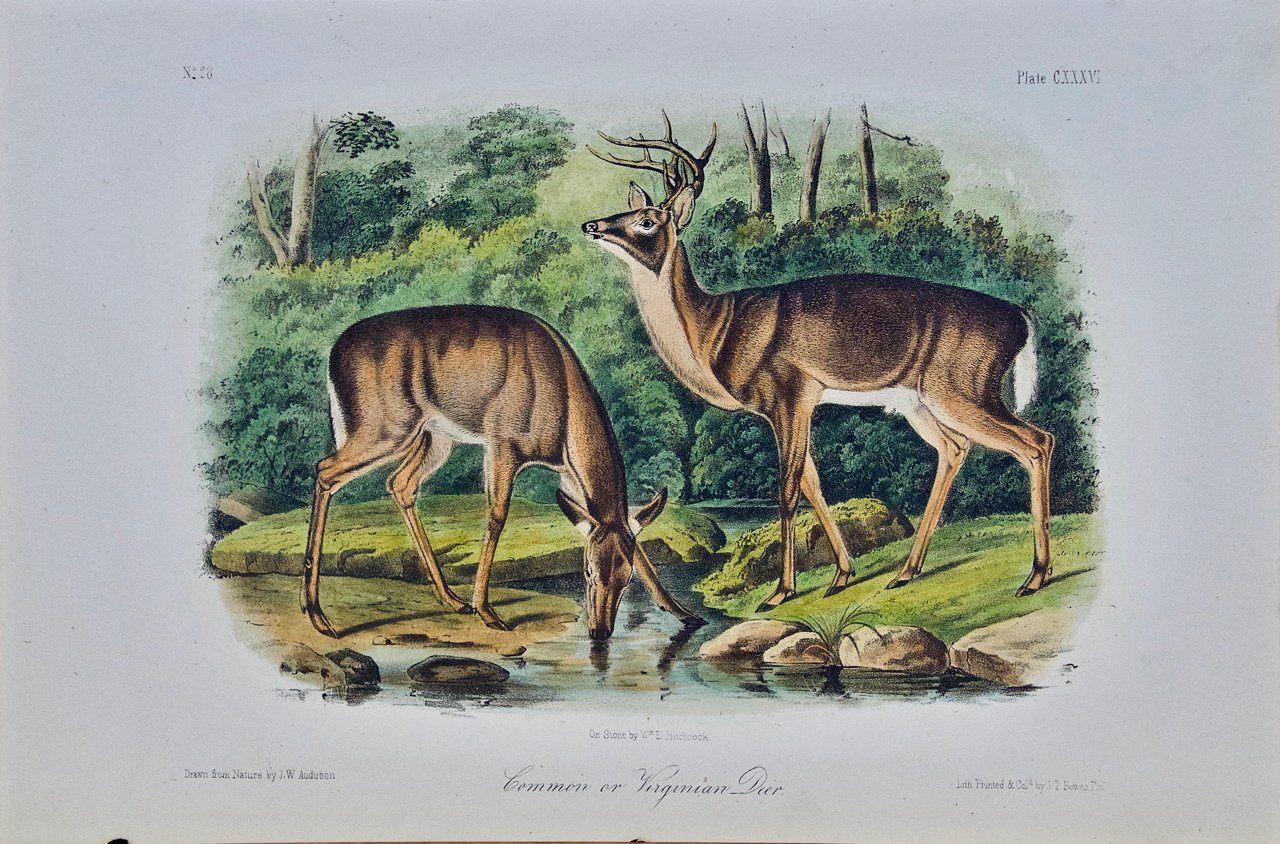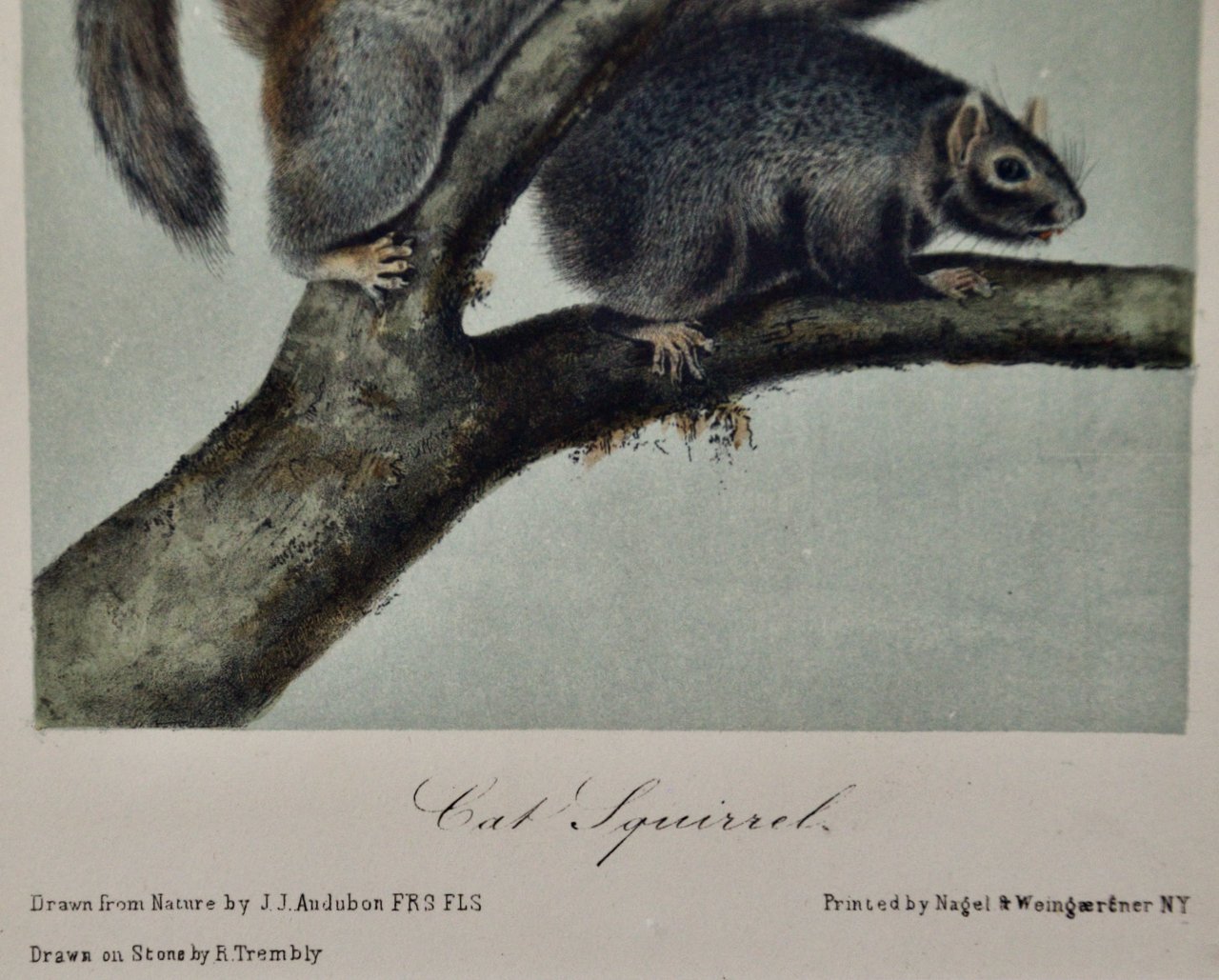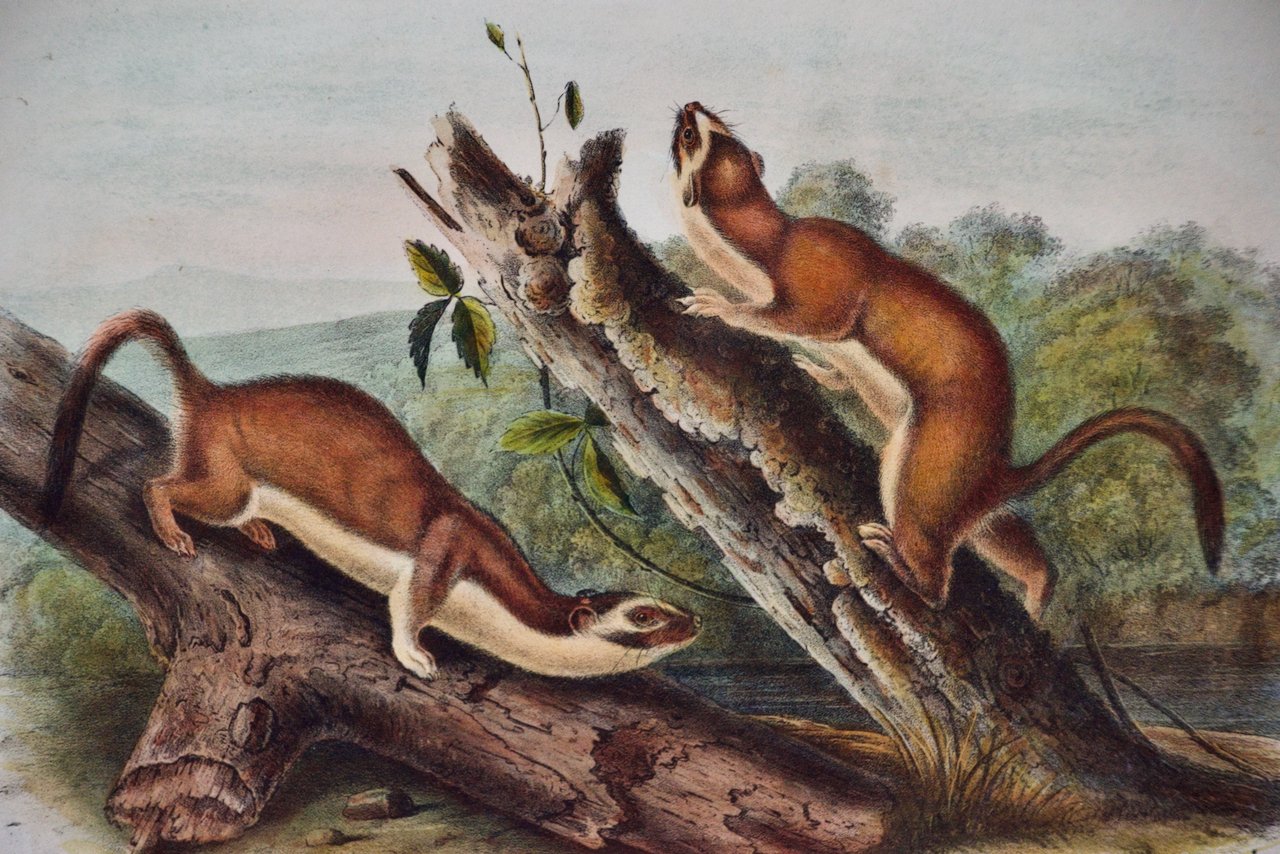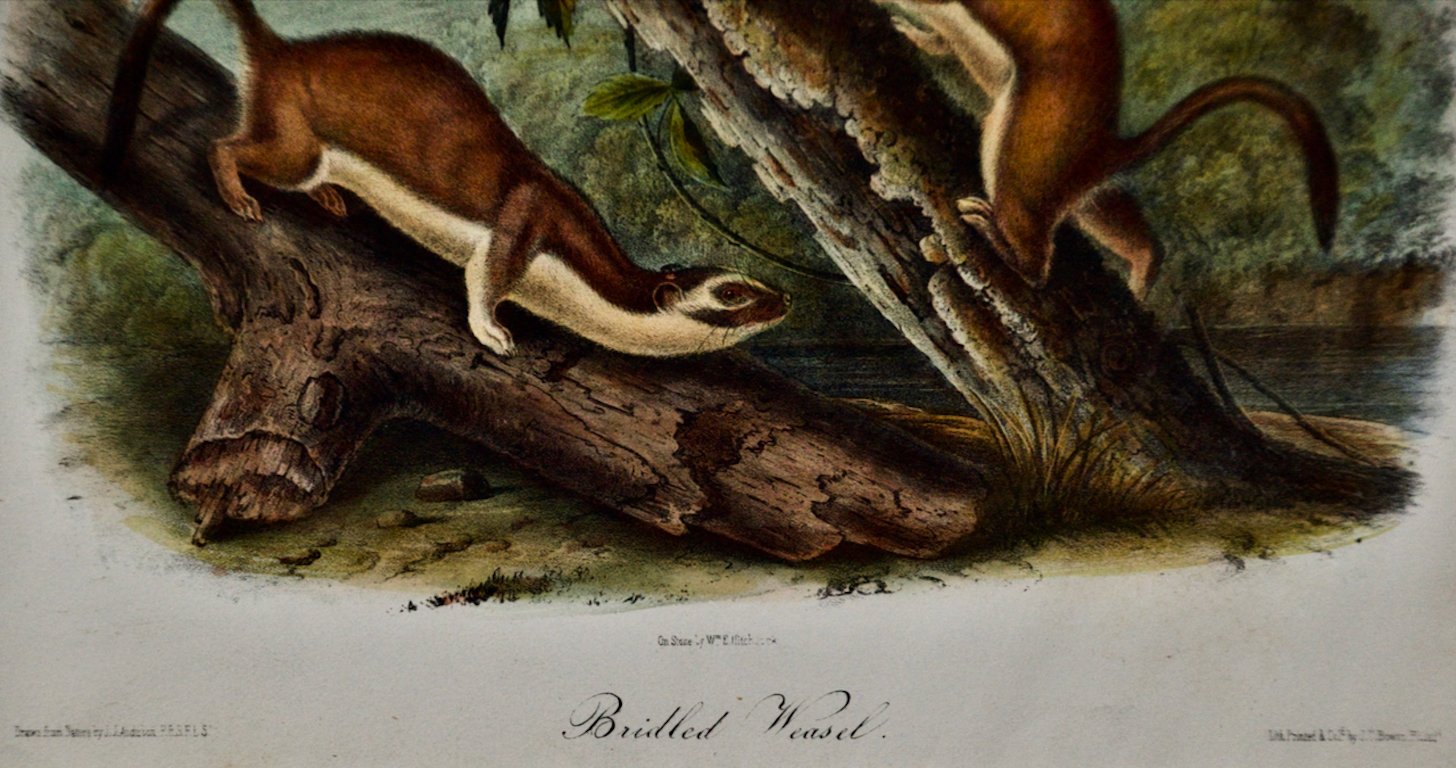This portrait depicts Archbishop William Warham facing to his right, wearing a black cap covering his ears and fur trimmed clerical robes. The print is presented in a decorative gold-colored wood frame with a blue-grey fabric mat. The frame measures 26.5" x 20.13" x 1". The print is in excellent condition.
William Warham (1450-1532) was the last of the pre-Reformation archbishops of Canterbury, serving under King Henry VII and then under King Henry VIII. He was a quiet, unassuming intellectual whose career ended with a strong and brave stance against the divorce of King Henry VIII and the king's resultant withdrawal of England from the Catholic church and his draconian actions against the clergy. As Lord Chancellor from 1504 to 1515, William Warham was the man who crowned Henry VIII and his first wife, Catherine of Aragon (1485-1536) in 1509. He remained faithful to the Roman Catholic Church all his life and when, after 1529, Parliament took more and more steps to restrict the authority of the Pope during the conflict over the King's divorce, the archbishop protested. However, unlike many others, like St. Thomas Becket, the earlier archbishop whom he revered and Thomas More, he was not beheaded for his fidelity to the Catholic Church. He died of natural causes at age 82 in 1532.
Warham was educated at Winchester School and New College, Oxford, earning a doctorate of laws. He later became the Keeper of the Great Seal and eventually Pope Julius II nominated him as Archbishop of Canterbury and King Henry VII made him Lord Chancellor of England. He took a leading part in all important national business, and Oxford University chose him as Chancellor in 1506. In 1509 he crowned the new King Henry VIII and Catherine of Aragon. Over time there were conflicts with the increasing influence of Cardinal Wolsey. As a result, he resigned the office of Lord Chancellor. Warham's power was still further diminished in 1517 when Wolsey was appointed papal legate, and from that time forward there were constant official differences between them, though their private relations continued friendly. When the Henry and Catherine's divorce question was first raised in 1527 he was Wolsey's assessor in the secret inquiry into the validity of the king's marriage. He steadfastly refused to oppose the king's wishes, under threats from the king that unless he was complaisant all ecclesiastical authority in England would be destroyed. In the summer of 1530 signed the petition to the pope begging him to allow the divorce. On Wolsey's fall from favor, the king wished the whole case to be submitted to Warham's decision, but the pope refused on the ground that his signature of the petition made him an unfit judge. Warham eventually formally protested against all Acts of Parliament derogatory to the pope's authority or the prerogatives of Canterbury. Three months later Warham died. His private life was simple and austere and he died "without money and without debts".

























